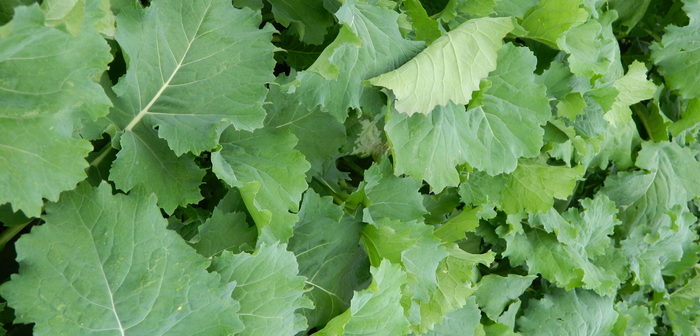Improving weed control and bolstering home grown feed supplies make sowing a high feed value forage crop and taking a ‘cereal break’ a win-win situation for arable and livestock units.
“Growing a forage crop on arable land post-harvest is getting more relevant on mixed cereal and livestock units,” says Limagrain’s Martin Titley. “It will definitely help break the life cycles of some damaging weeds and diseases.
“Grass and forage crops will boost the soil organic matter and manure from grazing animals is slowly released which can then be used by the arable crops that follow in the rotation.”
Growing consecutive cereal crops is becoming more challenging. “There are issues surrounding pest and disease control, and soil structure and condition warrants attention on many arable units,” he adds. “Rotations with forage crops are now far more sustainable than some of our previous arable practices.”
Fast-growing brassicas and root crops, and short-term grass leys can be sown post-harvest to give a break in the cereal rotation, as well as providing a valuable feed crop.
“Roots and brassicas can be grazed off ahead of a spring crop, or before a grass reseed. And leaving a grass ley down for two years or more will help break the blackgrass cycle.”
Forage crops with higher yields and feed value add to the attractiveness of using them as an arable break.
“Farmers could consider the new rape/kale hybrid variety Unicorn that can be sown until late August. It has produced energy values of 11.2 MJ per kilo of dry matter and dry matter contents of 12.4% on our Lincolnshire trial site, making it one of the UK’s best performing rape/kale hybrid brassicas.”
This fast-growing leafy catch crop should be ready for grazing within 14 weeks. Sown after cereals, it will give an ideal feed for finishing lambs, ewes or dairy cattle early winter.
“Stubble turnips and forage rape are two more crops that can be sown up until the end of August. They’re also quick to establish and some hardier varieties can be left for grazing over winter.”
A crop of stubble turnips after winter barley can be used for finishing lambs. It’s ready for grazing by the end of October, and a hectare of stubble turnips will provide 40 days of grazing for 100 lambs. “This is ideal for finishing lambs early in the season, when prices tend to be higher,” he adds.
And if we have a dry autumn, Mr Titley suggests those with mixed units look at forage rye that can be sown as late as October, following maize or cereals. “This gives an early bite in spring, up to three weeks’ ahead of Italian ryegrass.
“Yields are typically between five and six tonnes of dry matter per hectare. Some farmers will graze the crop, but it can also be cut for forage and stored, boosting conserved feed supplies.”
Catch crop considerations
- Look at the crops available
- Tailor your catch crop and the area required to match livestock feed requirements
- Look at growing costs verses feed value, a good catch crop provides a cost-effective winter forage
- Look at the varieties on offer – some are better than others in yield disease resistance and winter hardiness. UK trial results show significant differences. For example, there is a 20% yield difference between some stubble turnip varieties. This equates to more than one tonne of dry matter per hectare.
FORAGE CROP COMPARISONS
| Species | Sowing time | Sowing rate/ha* | Growing costs/ha | Fresh yield t/ha | Dry Matter t/ha | Crude Protein % | ME kg/DM | ME ‘000 MJ/ha |
| Stubble Turnip variety: Samson | July -Aug | 5-8kg | £305 | 38-45 | 3.5-5 | 17-18 | 11 | 38.5 – 44 |
| Forage Rape variety: Unicorn | July – – August | 6-9kg | £408 | 24-35 | 3.5-4 | 19-20 | 10-11 | 35-49.5 |
| Forage Rye variety: Humbolt | Sept-Oct | 185kg | £339 | 20-24 | 5-6 | 11-12 | 10 | 50-60 |




